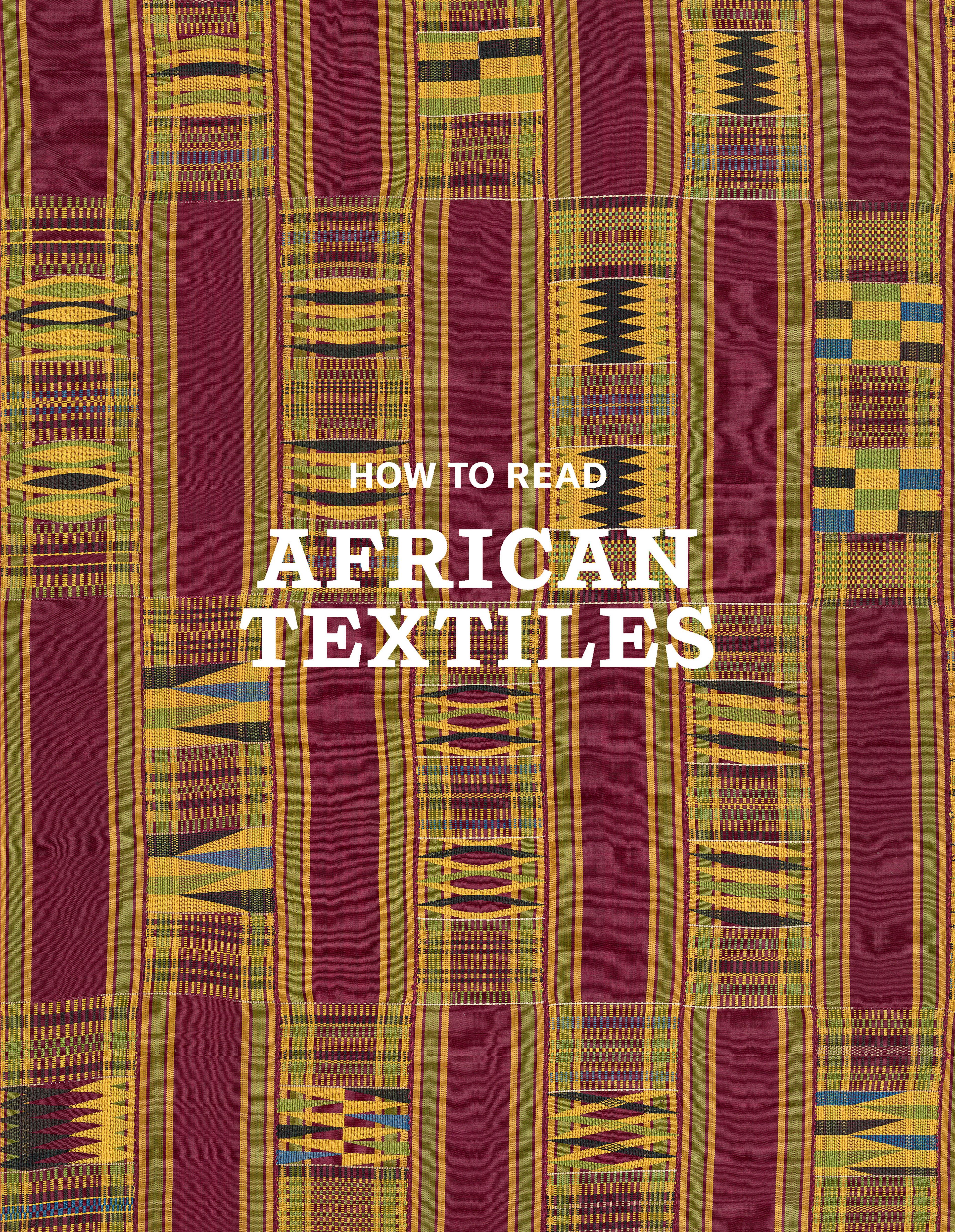Chief's nogi (wrapper)
Folded between and around the legs, nogi were held in place at the waist with a belt to create a set of voluminous trousers. Such personal items were often handcrafted by the wearer by pounding large sections of bark into fibrous cloth panels that were then sewn together with strands of raffia fiber. Intricate patterning enhanced a garment’s prestigious character, evident on this chief’s wrapper in the two narrow panels with sunburst and circle motifs. At the turn of the twentieth century, male members of the Mangbetu court displayed their elevated status by consistently wearing new nogi, whose edges extended stiffly above the belt. In contrast, those of lesser social standing maintained older nogi with edges softened by regular use.
Artwork Details
- Title:Chief's nogi (wrapper)
- Artist:Mangbetu artist
- Date:First half of 20th century
- Geography:Democratic Republic of the Congo, Uele River region
- Culture:Mangbetu peoples
- Medium:Bark cloth (Ficus natalensis or Ficus platyphylla), dye
- Dimensions:H. (approx.) 74 13/16 x W. 78 3/4 in. (190 x 200 cm)
- Classification:Barkcloth
- Credit Line:Purchase, The Richman Family Foundation Gift, in honor of Alisa LaGamma, 2012
- Object Number:2012.334
- Curatorial Department: The Michael C. Rockefeller Wing
More Artwork
Research Resources
The Met provides unparalleled resources for research and welcomes an international community of students and scholars. The Met's Open Access API is where creators and researchers can connect to the The Met collection. Open Access data and public domain images are available for unrestricted commercial and noncommercial use without permission or fee.
To request images under copyright and other restrictions, please use this Image Request form.
Feedback
We continue to research and examine historical and cultural context for objects in The Met collection. If you have comments or questions about this object record, please contact us using the form below. The Museum looks forward to receiving your comments.
